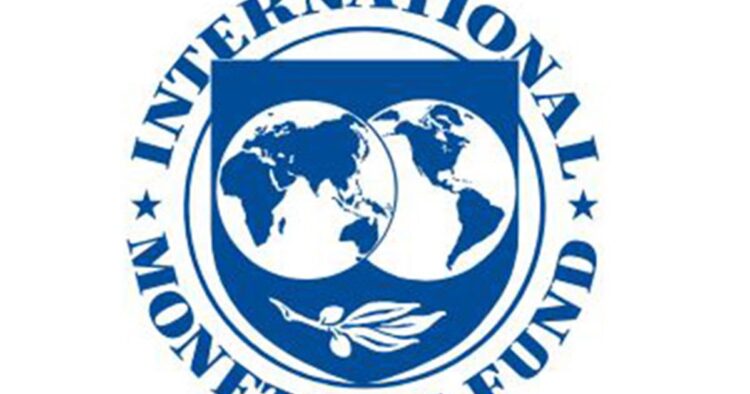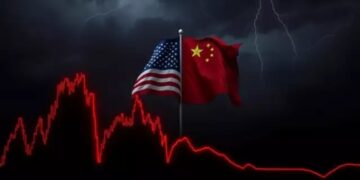In 2023, the International Monetary Fund (IMF) shared on social media key insights into the global economy, facing unprecedented challenges from climate change to shifts in trade patterns.
The IMF highlighted the urgency for climate action in 2023, which was anticipated as the warmest year on record. Their Climate Change Indicators Dashboard revealed that transitioning to a lower-carbon future not only aligns with environmental goals but could boost the global gross domestic product by 7% if an orderly transition to net zero is achieved by 2050.
Climate change also impacted global trade, particularly affecting the vital Panama Canal. The worst drought in its 143-year history led to reduced water levels, causing disruptions in throughput by 15 million tons. This had a ripple effect on economies dependent on canal trade, with extended transit times and disruptions in ports worldwide.
The UN Environmental Program’s 2023 Emissions Gap Report indicated progress in curbing the percentage increase in greenhouse gas emissions, slowing to 3% for 2030 compared to the initially projected 16%. The IMF’s quarterly tracking of global GHG emissions hinted at a potential annual decline by the end of 2023, marking progress in improving global emissions intensities.
Trade patterns continued to evolve in 2023, as seen in the IMF’s Direction of Trade Statistics. The share of US merchandise goods imports from China declined to 14.3%, with China falling behind the Euro Area and Mexico. Imports from Emerging and Developing Asia rose to 12.0%, emphasizing the dynamic nature of global trade relationships.
The composition of global reserve assets also transformed in 2023, with non-traditional reserve currencies’ share rising to 11% in Q3. Traditional reserve currencies (US dollar, euro, British pound, Japanese yen) declined to 89%, reflecting deliberate diversification by reserve managers to minimize vulnerabilities.
As the IMF reflects on the multifaceted economic trends of 2023, the charts provide valuable insights into the interconnected challenges and opportunities shaping the global economic landscape.

















Comments